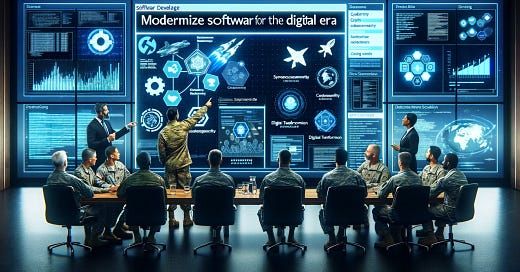New Defense Leaders and Tech Emerge
Shaping investments and advancing solutions to strengthen our military might.
Welcome to the latest edition of Defense Tech and Acquisition.
President nominates a new Vice Chairman of the Joint Chiefs and CNO
U.S. must harness its advantage in AI, but must also bend metal
Army …




